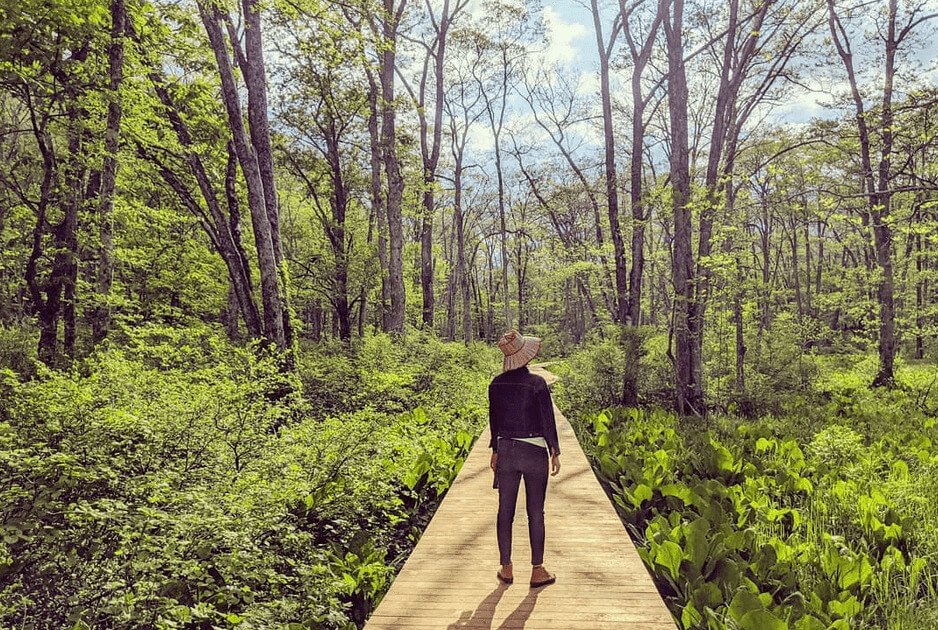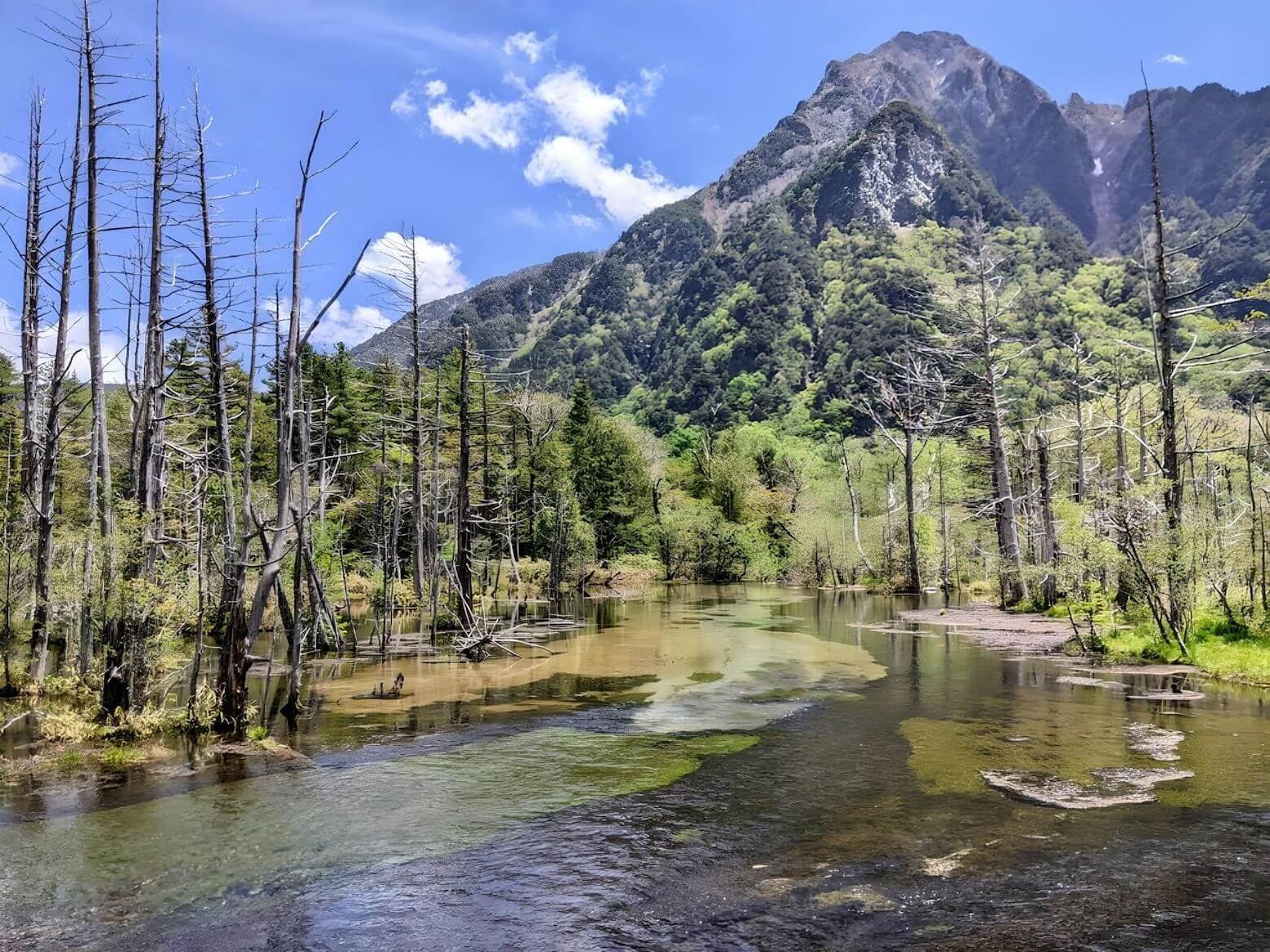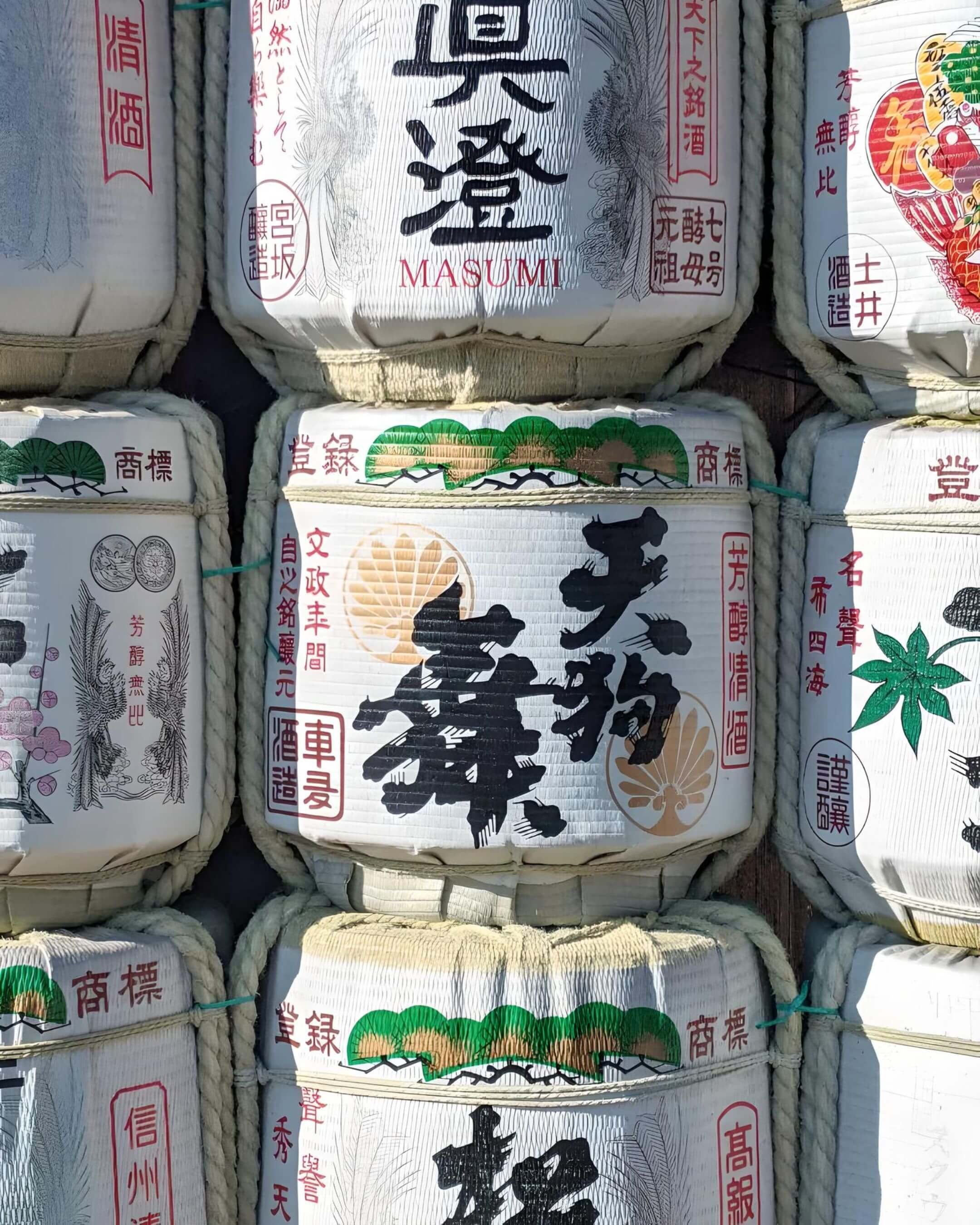The Hidden Histories of Nagano City: A Snow Country Stories Japan Travel Guide
Episode 21 of the podcast brings us to Nagano City, the capital of the large, landlocked and mountainous prefecture of Nagano. Host of the 1998 Winter Olympic Games, Nagano is blessed with heavy snow and home to fantastic ski resorts, many of Japan’s highest mountains and multiple national parks. As the largest city in the region and a stop on the Hokuriku Shinkansen line running from Tokyo to Kanazawa, Nagano City is the primary transit point for visitors heading to those ski resorts, mountains and national parks with many if not most people passing through enroute to a nearby destination. In this episode of the we’ll head into to Nagano City to explore what’s on offer including its highlights, daytrips, dining, accommodation and my services as a tour guide.
I know the city well and over time it has occurred to me that Nagano is a city, much like all cities, of connected yet also disparate stories and entwined histories competing for our attention. It is a city, the most interesting elements or stories of which are in some way hidden. Intentionally so. It is a story that can only begin in one place. Founded in 642, Zenko-ji is one of the oldest and most important Buddhist temples in Japan. The city grew around the temple with many sub-temples established in close proximity to it, reflecting the importance of Zenko-ji which to this day remains one of the most significant temples in the country. The temple houses the first known statue of the Buddha brought to Japan. Brought from Korea sometime in the 6th century, the statue is now hidden from our view and will remain so for the rest of human history. The reasons for that and the legends of the temple are well-worth exploring, something that I do in detail on my private guided tours at Zenko-ji.
Zenko-ji performs a morning ceremony every day of the year. The ceremony takes place at sunrise, meaning that the start time varies between 05:30 to 07:00 depending on the season. As an important temple from pilgrimage, Zenko-ji has many ‘shukubo’ (temple lodgings) dotted throughout the surrounding streets and offering visitors a unique accommodation option and means of further their experience at the temple.
Located 60 minutes from Nagano Station using local bus services, Togakushi is within the city boundary but you wouldn’t know it. Translating as ‘Hidden Door’, Togakushi is an alpine village with an average elevation of 1200 metres and sits beneath the striking ridge line of Mount Togakushi – 1904 metres. The story of Togkaushi is linked to the creation myths of Japan and the story of Amaterasu – the Sun Goddess – and her retreat from the world and eventual re-emergence from hiding. Five shrines make up the Togakushi complex – among some of the most important Shinto shrines in Japan – while the area is also known as home to the Togakure school of ninjitsu and its fabled mountain ninja, it’s mysterious ‘yamabushi’, tasty ‘soba’, bamboo craft and picturesque Togakushi Ski Resort – the nearest resort to Nagano Station. Episode 12 of the podcast was my travel guide to Togakushi so should you be interested in visiting, make sure to listen to that episode in which I discuss all this and more.
Only 30 minutes by bus from Nagano Station, Matsushiro was a samurai stronghold during the Edo Period (1603-1868) and remains a historically-important enclave thanks to the preservation of multiple Edo Period buildings including the Bunbu Literary & Military Arts School, multiple former samurai residences and Matsushiro Castle Park. Hidden beneath this quiet pocket of the city, the ‘Matsushiro Underground Imperial Headquarters’ are an extensive network of tunnels, excavated in the final year of the Second World War. Intended to hide the Japanese government, military leadership and Imperial family in the expected event of an invasion by Allied forces, construction was a closely guarded secret with the tunnels 75% complete, with digging continuing up until day surrender on August 15th 1945. A 500 metre section of the tunnels underneath Mt Zozan has been reinforced and is open daily from 09:00 to 17:00. Admission is free.
Nagano City is a convenient hub from where to head to some of the snow country’s most popular destinations including the ski resorts of Hakuba Valley, Shiga Kogen, Madarao, Nozawa Onsen and Myoko Kogen. All of these can be reached using bus or train services from Nagano Station. These resorts located located within or on the boundary of national parks including Chubu Sangaku, Joshinetsu Kogen and Myoko-Togakushi Renzan - all of which can also be accessed from Nagano Station. Hugely popular in winter, Jigokudani Yaen Koen – more commonly referred to as the snow monkey park – is home to Nagano’s famous hot spring-loving monkeys. The monkeys are there all year round and as I discussed in Episode 16 of the podcast – my guide to the monkey park – I think it’s a better experience outside of winter. Bus and train services from Nagano Station will also get you to the monkeys. The castle town of Matsumoto is only 55 minutes from Nagano Station using limited express services or 110 to 120 minutes using local services, while the hugely popular Tateyama-Kurobe Alpine Route is accessible from Nagano Station using bus services to Ogizawa Station at the base of the mountains.
As a temple town in the snow country, Nagano’s traditional food culture places a strong emphasis on fermentation and non-meat products. Nagano is Japan’s largest producer of ‘miso’ (fermented soybean paste) and second largest producer of ‘sake’ (fermented rice alcohol). ‘Soba’ (buckwheat) noodles, ‘oyaki’ (baked or steam rice flour buns with vegetable filling), ‘sansai’ (mountain vegetables), ‘tsukemono’ (pickled vegetables) – miso and sake are some of Nagano’s most common staples. Located just off the main road leading from the station to the temple, I recommend Suyakame for anyone wanting to buy high-quality miso or enjoy a miso-based meal. When it comes to oyaki I recommend the cosy Ogawa-no-sho just down from the temple or Irohado on the shopping street inside the temple complex with another outlet inside Nagano Station. The wonderfully generous and award-wining Nishinomon Yoshinoya is your best option when it comes to sake.
Given the mountainous character of Nagano, hunting has long been a traditional means of supplying meat. Known as ‘gibier’, wild meat is served at many restaurants including specialist restaurants in Nagano City. ‘Shika’ (deer), ‘kamo’ (duck), ‘inoshishi’ (wild boar), ‘kuma’ (bear) and other meats are available. You’ll find the greatest concentration of all types restaurants and bars outside the Zenkoji Exit of Nagano Station with more dotted around the temple. If you’re looking for something a little more upmarket, I recommend heading toward the temple and the art deco former hotel, Fujiya Gohonjin. Should you be in search of a good coffee while here, check out our ‘Best Coffee & Cafes in Nagano’ page. It lists some favourites cafes in the city, noting that it’s not an exhaustive list and there are few favourites not included - you might say hidden - that are worth searching out for yourself.
There’s no shortage of accommodation in Nagano City, most of which are Western-style, business hotels ranging from mid-range to budget. The greatest concentration of hotels is in and around the station. The other option when visiting Nagano City is to stay around the temple – around 20 minutes walk or under 10 minutes by local bus or taxi – from the station, at one of the many ‘shukubo’ or temple lodgings around Zenkoji. These are Japanese style traditional inns with on-floor futon bedding, tatami-matting and low furniture. The quality varies with some very nice options available and staying in one offers visitors further insight into the practices of the temple – including easy access to the morning service. To the best of my knowledge there is only one ‘onsen’ (natural hot spring) in Nagano City – Uruoikan. Open daily, Uruoikan operates from 06:00 to 09:00 and then 10:00 to 23:00. Entry costs JPY800 for adults with baths segregated into mens and womens, including multiple indoor baths. There’s a cheap and decent restaurant on the second floor – open daily from 11:00 to 20:30
Nagano Station is a stop on the Hokuriku Shinkansen line running from Tokyo to Kanazawa. All services departing Tokyo stop at Nagano – an 80 to 110 minute journey depending on which service you choose. From Kanazawa – the northern terminus of the Hokuriku Shinkansen line - services take between 60 to 90 minutes. Limited express services operating on the scenic Shinano line connect Nagano to the castle town of Matsumoto – approximately 50 minutes – and Nagoya – in around 3 hours. Express and overnight bus services also connect Nagano to major cities across Japan. A good option for travelers on a budget. However you choose to journey here, I hope this audio guide is of assistance in planning your visit.
















